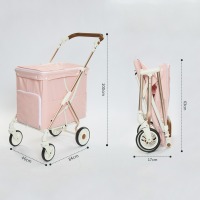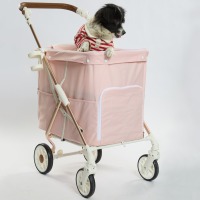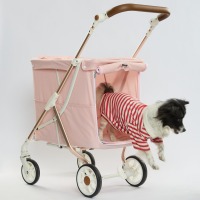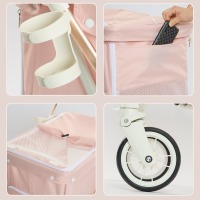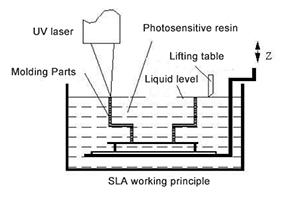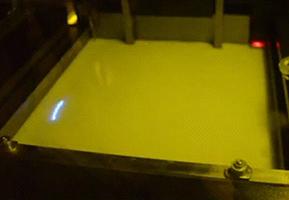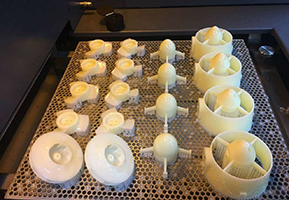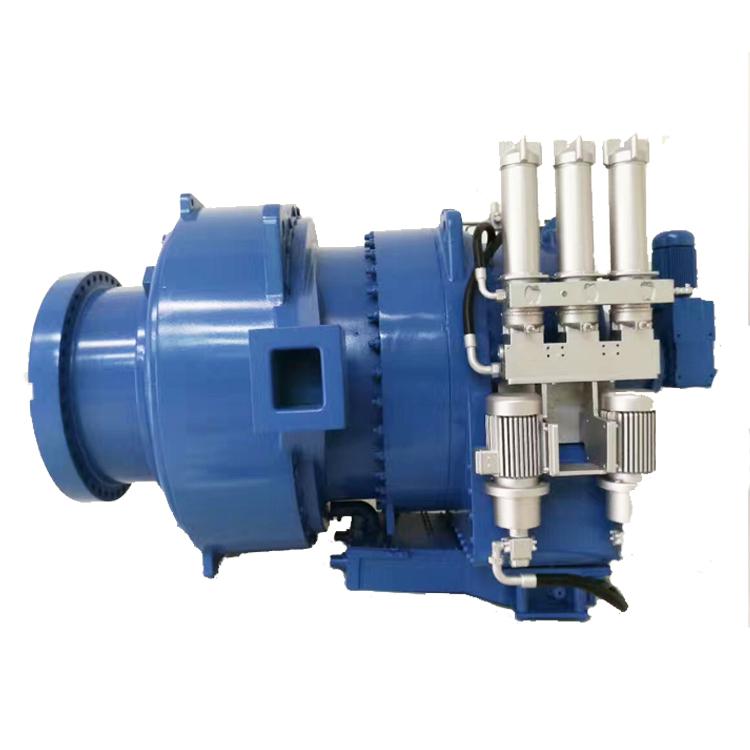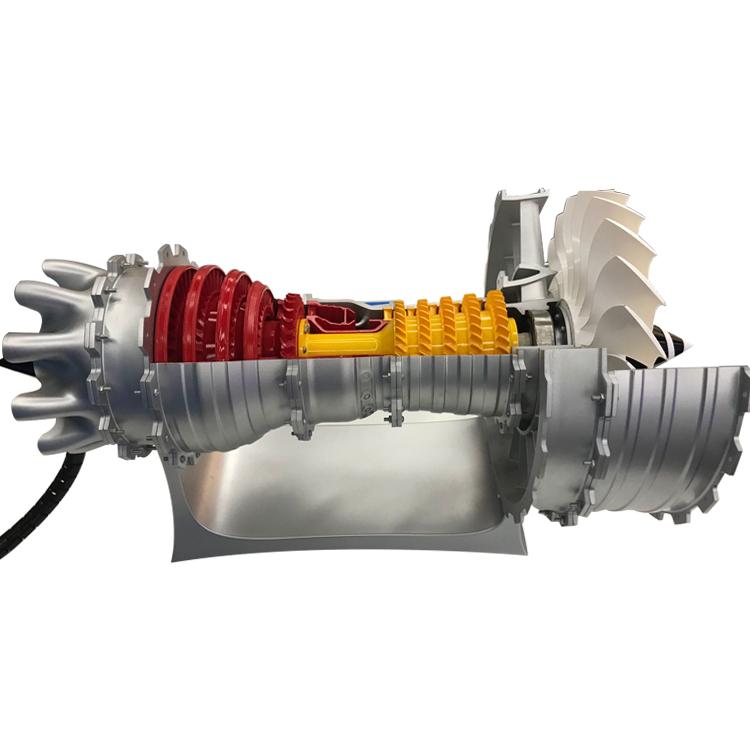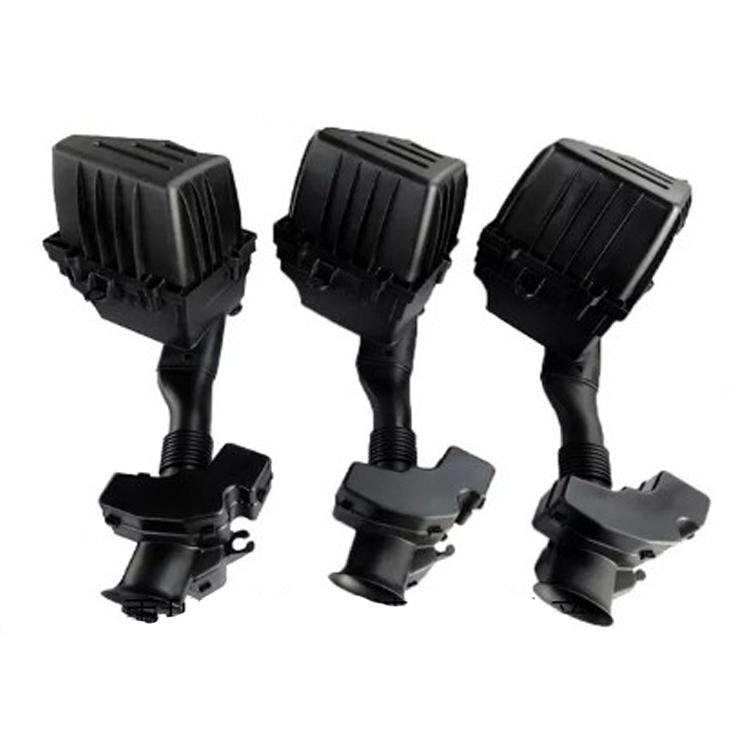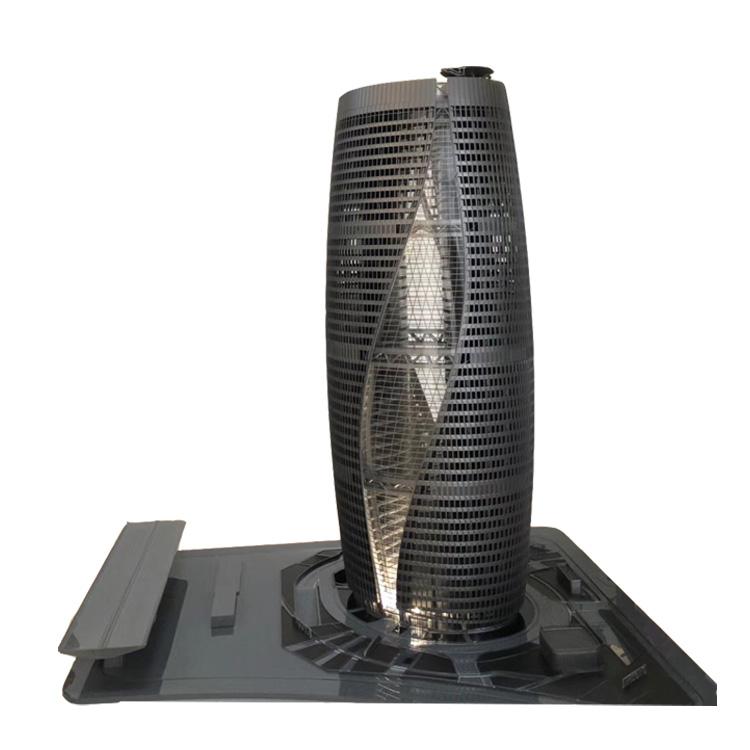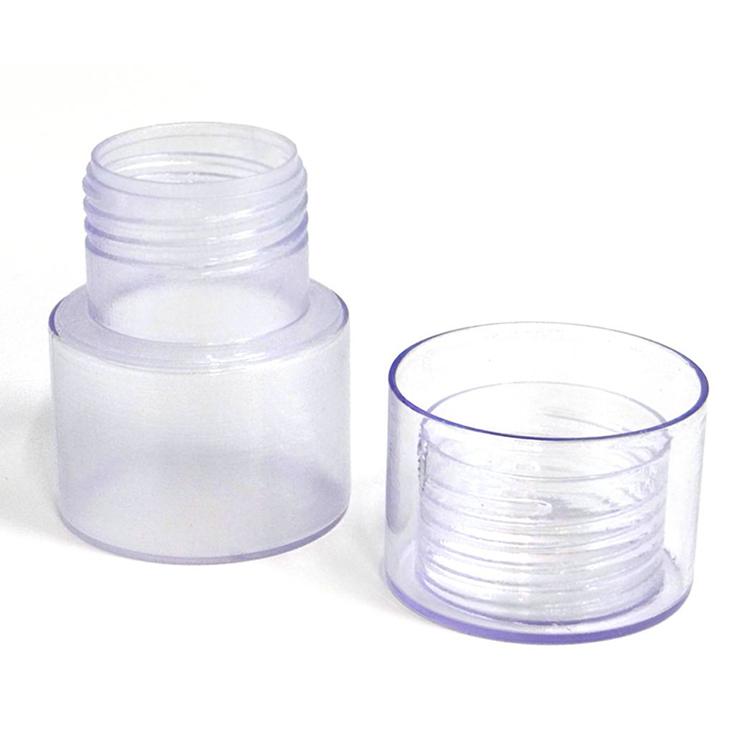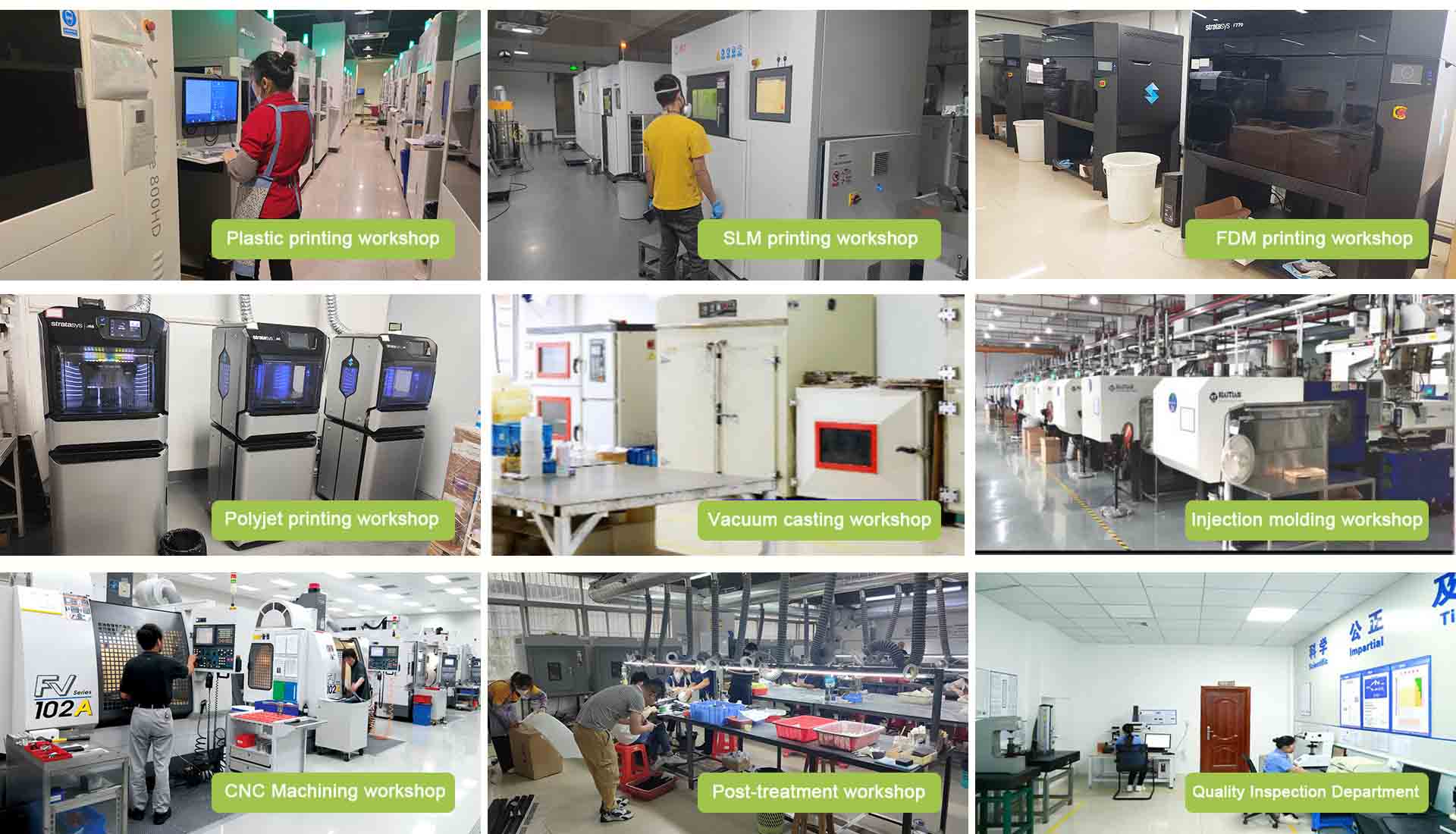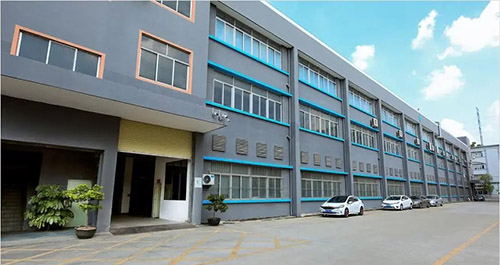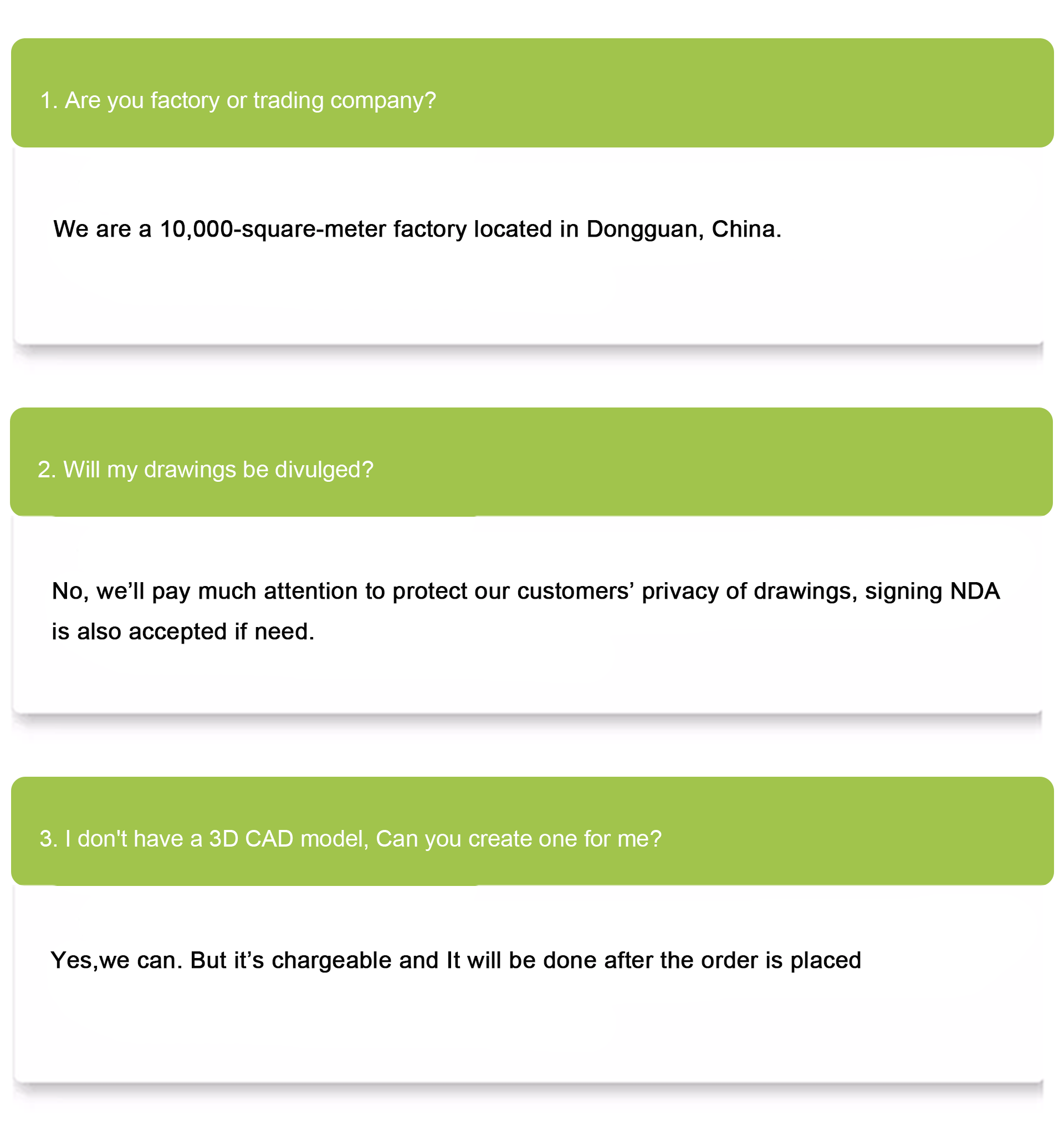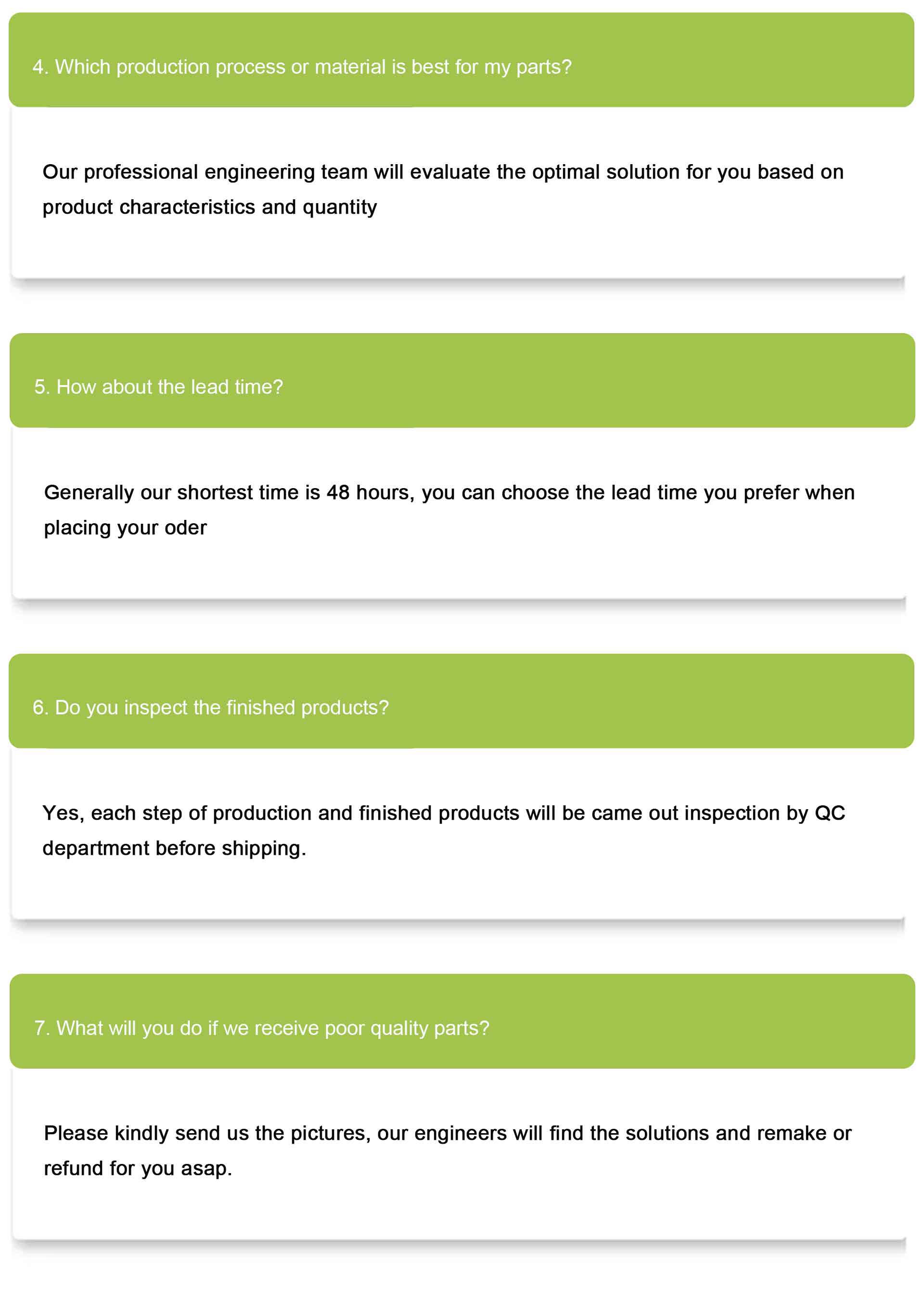Introducing our Wholesale Factory Direct Sale Pet Stroller: The Ultimate Choice for Pet Lovers!
Are you tired of leaving your furry friend at home while you enjoy the outdoors? Look no further! Our New Design Pet Stroller is here to provide the perfect solution. With its innovative features and foldable design, this pet stroller offers convenience and comfort for both you and your beloved pet.
One of the standout features of our pet stroller is its multi-detail design. We understand the diverse needs of pet owners, and this stroller caters to all of them. It is equipped with a cup holder and storage bag, allowing you to carry your essentials and keep your hands free. Whether it's a water bottle or your pet's favorite toy, everything stays within reach.
When it comes to convenience, our pet stroller excels. It boasts a one-touch folding system, making it incredibly easy to fold and store. No more struggling with cumbersome strollers or wasting precious time. With just a single touch, you can collapse the stroller and store it in any compact space.
What sets us apart is that we offer wholesale pet strollers direct from manufacturers. By eliminating middlemen, we ensure competitive prices without compromising on quality. We take pride in our hot sale pet strollers factory direct, providing pet owners with affordable yet reliable options.
Moreover, our pet stroller is the result of independent research and development by our experienced team. We understand that safety and comfort are paramount, and our stroller meets the highest standards. It features a sturdy frame, durable fabric, and secure harness system to ensure your pet's safety during every adventure.
Designed with your pet's comfort in mind, the spacious interior and breathable mesh windows provide excellent ventilation and visibility. Your pet can enjoy the fresh air and observe the surroundings while being protected from insects or harsh weather conditions.
Whether you're taking your pet for a leisurely stroll around the neighborhood or embarking on a more adventurous outing, our pet stroller is the perfect companion. It allows your pet to explore the world, supports their well-being, and strengthens the bond between you and your animal companion.
In conclusion, our Wholesale Factory Direct Sale Pet Stroller is a game-changer for pet lovers seeking convenience, quality, and affordability. Its multi-detail design, one-touch folding system, and wholesale pricing make it an excellent choice. Don't settle for less when it comes to your pet's comfort and safety. Choose our pet stroller, and embark on unforgettable journeys together!
...
